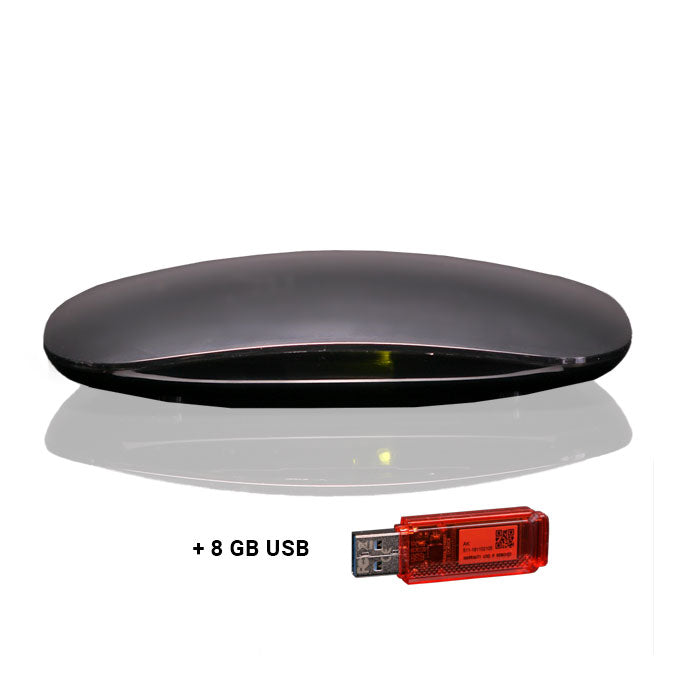
Digital video recorders (DVRs) have transformed how we consume television, offering viewers the freedom to watch their favorite shows on their own schedule. With advancements in technology, DVRs have become more sophisticated, allowing for seamless recording, playback, and storage. This article delves into the myriad benefits and features of digital video recorders, helping you make an informed decision on enhancing your TV viewing experience.
Understanding Digital Video Recorders
A digital video recorder is an electronic device that captures and stores television programs for later viewing. Unlike traditional VCRs, DVRs utilize digital storage, providing greater efficiency and convenience. With a DVR, users can pause, rewind, and fast-forward live television, ensuring they never miss crucial moments. These devices have become essential for anyone who wants to customize their viewing habits.
Key Features of Digital Video Recorders
Digital video recorders come equipped with several features that enhance user experience. Most DVRs allow users to record multiple shows simultaneously, ensuring you can catch everything on your watchlist. Many models also offer high-definition recording capabilities, delivering exceptional picture quality. Advanced features like scheduling recordings through mobile apps make it easier than ever to manage your entertainment.
Choosing the Right DVR for Your Needs
Selecting the perfect DVR involves considering your viewing habits and preferences. For heavy users, a model with ample storage capacity is crucial, allowing for extended recording times. If you frequently watch live sports or events, opt for a DVR that offers quick access to recordings and fast forwarding. Compatibility with streaming services is another factor to consider, as many users prefer an all-in-one solution for their entertainment.
DVR Storage Capacity Explained
Storage capacity is a vital consideration when purchasing a digital video recorder. Most DVRs come with storage options ranging from 500GB to several terabytes. The storage capacity dictates how many hours of content you can record before needing to delete old shows. For instance, a 1TB DVR can hold approximately 150 hours of HD programming, making it an excellent choice for avid viewers.
Recording Quality: What to Expect
Recording quality varies among digital video recorders, influenced by factors such as resolution and compression technology. Most modern DVRs support high-definition (HD) recording, ensuring crisp and clear playback. Some devices also offer 4K recording capabilities, catering to users with compatible televisions. When selecting a DVR, consider the recording quality to ensure it meets your viewing preferences.
Understanding DVR Compatibility
Before purchasing a digital video recorder, it’s essential to ensure compatibility with your existing equipment. Many DVRs work with cable and satellite services, while others offer integration with streaming platforms. Check if the device supports your television’s resolution and connection type, whether HDMI, coaxial, or others. Compatibility will determine your DVR’s functionality and ease of use.
The Role of Streaming Services in DVR Use
Streaming services have become integral to modern television consumption, impacting how users interact with their DVRs. Many DVRs now offer built-in streaming capabilities, allowing users to access their favorite services directly through the device. This integration simplifies the viewing experience by consolidating all entertainment options in one place. Choosing a DVR with robust streaming support can enhance your overall satisfaction.
Remote Access and Control Features
Remote access and control features are becoming increasingly popular among digital video recorders. Many modern DVRs allow users to manage recordings and schedule shows through mobile applications. This feature is especially useful for busy individuals who may not be home to set recordings manually. By offering flexibility and convenience, remote access enhances the overall DVR experience.
How to Set Up Your DVR
Setting up a digital video recorder is typically a straightforward process. Most devices come with clear instructions and a user-friendly interface. Begin by connecting the DVR to your television and cable or satellite box. Follow the on-screen prompts to configure settings, including language preferences and network connectivity. Once set up, users can start recording and enjoying their favorite shows immediately.
Troubleshooting Common DVR Issues
While digital video recorders are generally reliable, users may encounter occasional issues. Common problems include recording failures, playback glitches, and connectivity issues. Most DVRs feature troubleshooting guides that can assist users in resolving these problems. Regularly updating the device’s software can also enhance performance and mitigate issues, ensuring a smoother viewing experience.
The Future of Digital Video Recorders
As technology evolves, so too do digital video recorders. Future innovations may include enhanced storage solutions, greater integration with smart home systems, and improved user interfaces. As streaming services continue to grow, DVRs will likely adapt to meet the changing needs of consumers. Staying informed about emerging trends will help users make the best choices for their entertainment setup.
FAQs
What is a digital video recorder for TV?
A digital video recorder (DVR) is a device that captures and stores television programs, allowing users to watch them later. It offers features like pausing and rewinding live TV, scheduling recordings, and accessing stored content.
How much storage do I need in a DVR?
Storage requirements depend on your viewing habits. For light users, a DVR with 500GB may suffice. Heavy users or families might need 1TB or more to accommodate numerous recordings, especially in HD.
Can I watch streaming services on my DVR?
Many modern DVRs come with built-in support for popular streaming services. This integration allows users to access their favorite shows and movies without needing a separate streaming device, creating a more streamlined experience.







